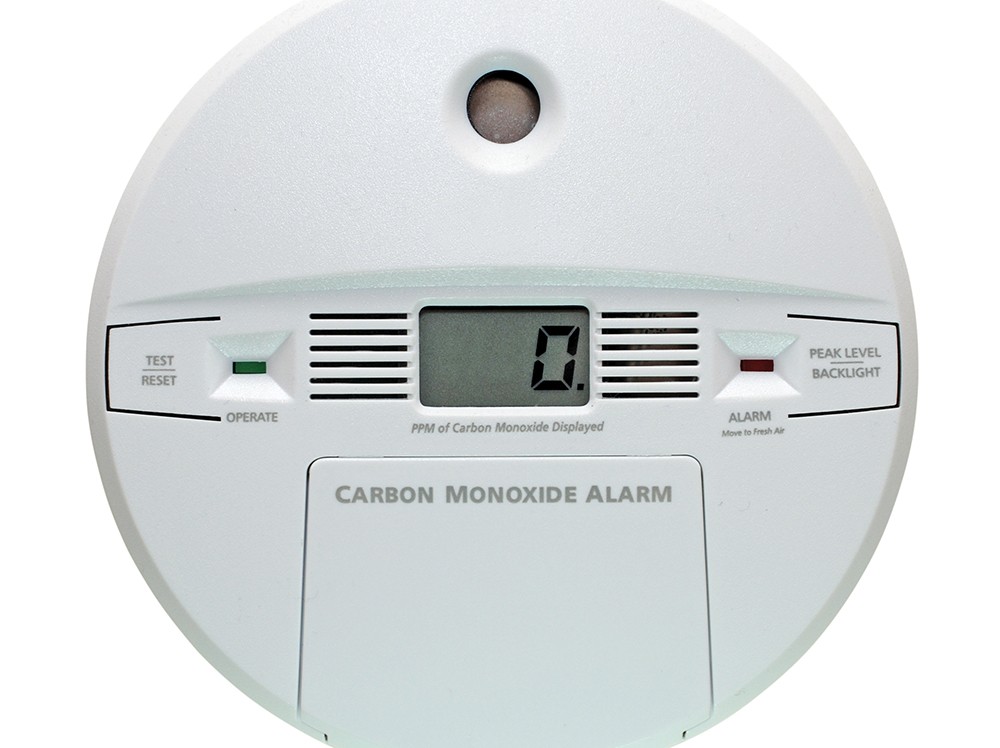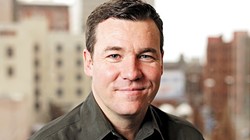Candy bars almost killed my dad. When I was 15, I had the opportunity to play baseball in Australia, but I had to earn a few thousand dollars to make the trip. I launched a one-man World's Finest Chocolate bar campaign, getting a buck for every $2 bar I sold. I took my school address book, went around to the houses of kids who attended my high school, and acted like it was a happy coincidence when they opened the door. "Doesn't Johnny live here? We have algebra together! So, I'm selling these candy bars... "
This was an extremely effective way to raise money. But the campaign nearly killed my dad. He would drive me from house to house and wait in the car while I peddled my goods. Little did we know that a faulty exhaust was allowing the silent killer, carbon monoxide, to seep into the car.
For days, my dad was dizzy, confused, weak, lightheaded, nauseated and had a brutal headache. Fortunately, my mom has been solving medical mysteries since before Dr. House was in short pants. She got to the bottom of things before any long-term damage — or death — occurred.
Each year in the United States, hundreds of deaths and thousands of hospitalizations occur due to CO poisoning. Carbon monoxide is a colorless, odorless gas produced by the burning of any carbon-based fuel. Oxygen binds to an iron-based portion of a red blood cell called heme. This is, in essence, the basket into which oxygen is placed in the lungs and delivered to tissues throughout the body. Carbon monoxide is a heme hog. It holds tighter to heme than oxygen, preventing red blood cells from being able to deliver the vital oxygen to tissues.
Don't let this happen to you or your loved ones. Here are some tips how to prevent this highly preventable illness:
1 Get CO detectors and install them where you sleep, or at least near where you sleep. There are battery-powered detectors, and detectors that plug in. Although they tend to be more expensive, there are also detectors with a digital readout, which can be useful, as they can show if there is significant CO at all in the space, and not just wait to indicate toxic levels. Follow the manufacturer's instructions closely, as some are designed to be placed high in the room, some low. Replace detectors at least every five years.
2 Get your furnace, water heater, fireplace and any other gas-burning appliance serviced at least yearly to make sure it is functioning properly. You can put a detector near these appliances, but not too close, or you might get some false positives just from normal functioning — check manufacturer's recommendations.
3 Never use your gas range or oven to heat the house, trailer or cabin. Never use barbecue grills or heaters in an enclosed space like a home, trailer, cabin or tent; Never let a car run in an attached garage, or run in any garage without the door open.
4 If burning wood, make sure your chimney is regularly cleaned and maintained.
5 Have your car's exhaust system maintained and serviced according to manufacturer's recommendations; emissions testing is an additional check. In a car, SUV or wagon, if the tailgate is open, keep the windows open, too. And if you get headaches or feel dizzy while in your vehicle, remember to check for the clear, odorless killer, CO. Be safe.
Especially when selling candy bars.





















